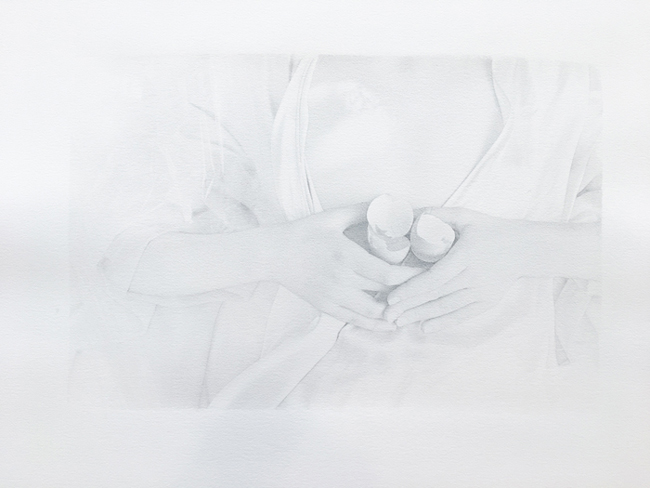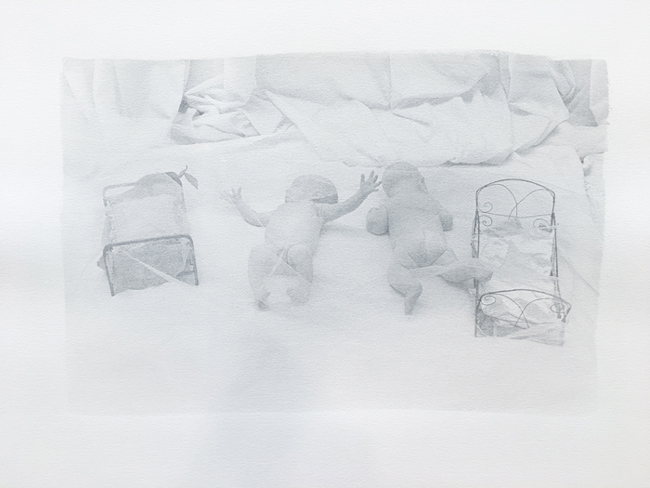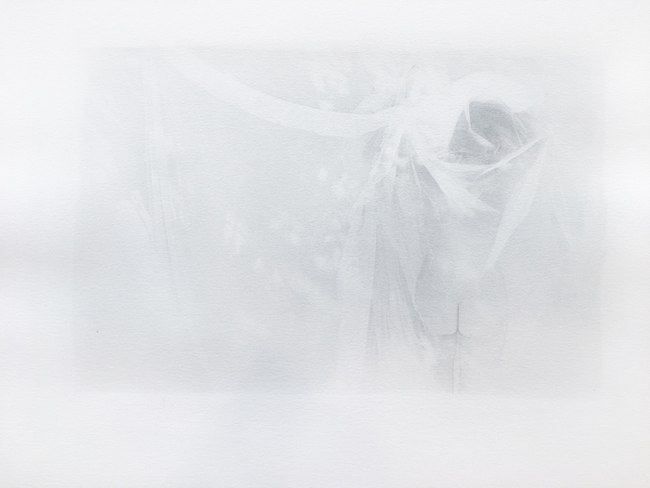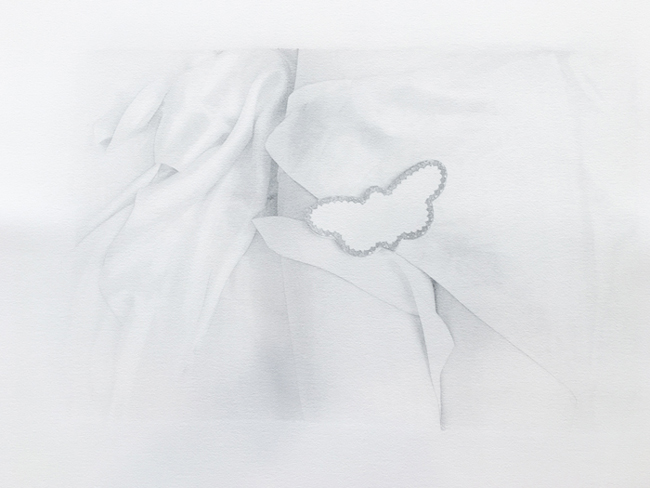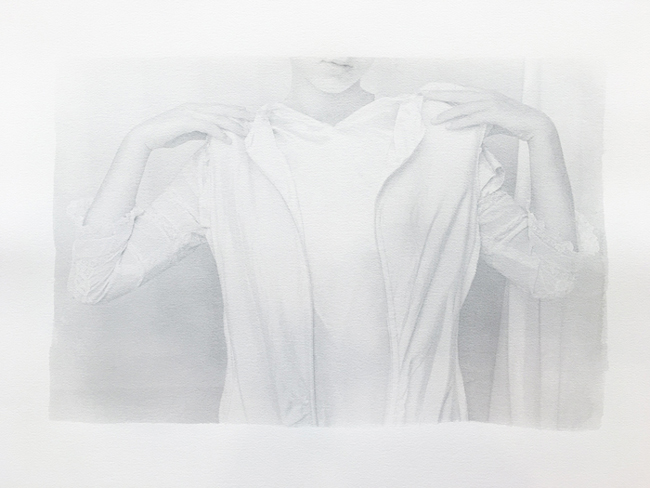Veils
We are pleased to present the rediscovered portfolio of Joyce Tenneson. “Veils” is a portfolio which Tenneson created in 1970 and set aside due to her numerous other projects and commissions, it was largely unseen for decades. Tenneson is lauded internationally as one of the leading photographers of her generation and is the recipient of awards including Fine Art Photographer of the Year 2005 (Lucie Awards) and the Lifetime Achievement Award from the Professional Photographers of America in 2012. The photographs are available as a portfolio or as individual images.

The following is an essay on “Veils” by New York Times Art Critic, Vicki Goldberg
Buried Treasure, Rediscovered
“In 1970, Joyce Tenneson’s relentless experiments at length produced a photographic paper by painting a silver emulsion onto watercolor paper, resonating more with her ideas and feelings and informing her highly personal imagery. Imagery of her life, of women’s lives, of the sensual nature of fabrics and flesh, were all presented in a way that somehow infused her very earthly pictures with an indefinable, almost otherworldly spirit. She used that paper for fifteen years, then put the prints in storage and apparently forgot them for three decades. Buried treasure, once more upon the walls.
These one-of-a-kind, silvery prints do not suggest photographs at first glance but vaguely resemble the elegant silverpoint drawings of the early and late Renaissance. The images are delicate, soft, occasionally gossamer, the subjects often enigmatic and elusive, even ethereal, the compositions adroitly and quietly composed, the end result an exquisite refinement and a complex message.
Women, motherhood, beauty, sensuality, hints of hidden feelings and subtle hints of a spiritual life – unpopular notions in the art establishment back then (though beautiful women, as always, had traction). The art and photography worlds, dominated by male practitioners, instructors, dealers, critics, even collectors, considered “beauty” and “feminine” too soft to be the real thing. Abstract Expressionists had largely produced macho art, Pop artists chose commentary over beauty, formalism and social documentary ruled photography. Tenneson’s photographs literally embodied what the self-appointed art authorities looked down upon. The ruling philosophy at the time, she says, was that art should be of, about, and striving for the universal. “Personal” was too transient to qualify, “feminine” far too lightweight.
But feminism (and extensive cultural change) were on the move, and Tenneson would make a major contribution. In 1970, women artists staged a protest against the predominantly male Whitney Biennial; in 1971 women, including Tenneson, marched to protest the Corcoran Biennial, which did not include a single woman artist. Ms. Magazine was founded that year; Miriam Schapiro’s and Judy Chicago’s Womanhouse gained national attention in 1972, the Pattern and Decoration movement in the mid ‘70s dared to include sewn, knitted, or other decidedly feminine objects in their work; Judy Chicago’s The Dinner Party (1979) made the media sit up. And in 1978 Tenneson published the first anthology of self portraits by women photographers, which was named one of the five most important photography books of the year. For decades she has continued to explore the inner lives, spiritual implications, sensuous, and yes, beautiful surfaces of women, most radically in Wise Women (2002), her book about women from age 60 to 100. The population was aging and awareness rising; the book was a national best seller.
These early images came out of Tenneson’s own life – herself, her son, her friends, her youthful unhappiness, her persistent search for the myriad feelings hidden beneath the adopted garment of femininity. There are secrets within these pictures – lovely ones, sad ones, resonant ones, quasi-mystical ones. Cloaked in silvery beauty, the visible surfaces and the emotions that hover beneath come together to offer both challenge and enchantment.”
Vicki Goldberg, Art Critic for The New York Times, Art Historian, and Author

